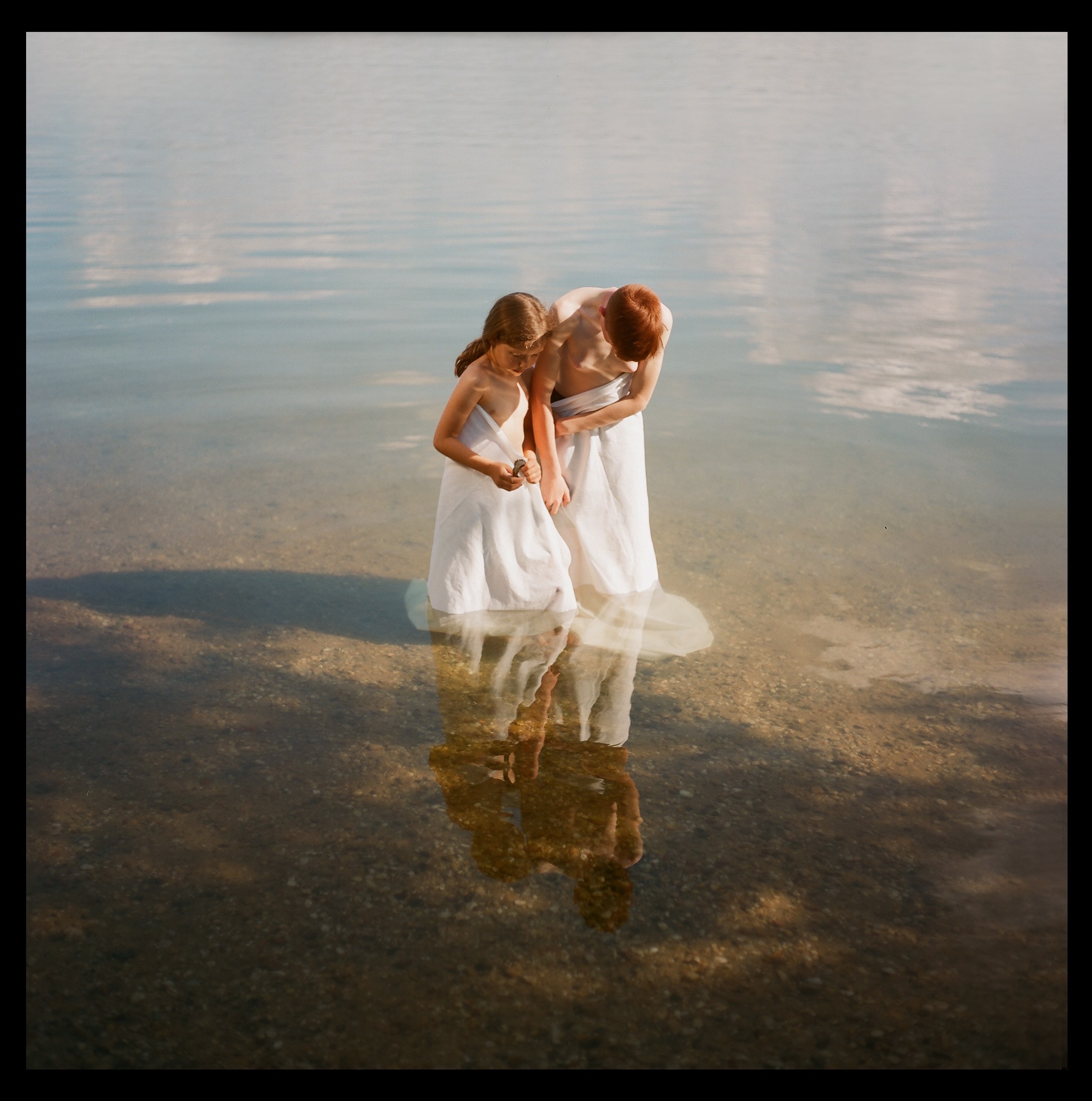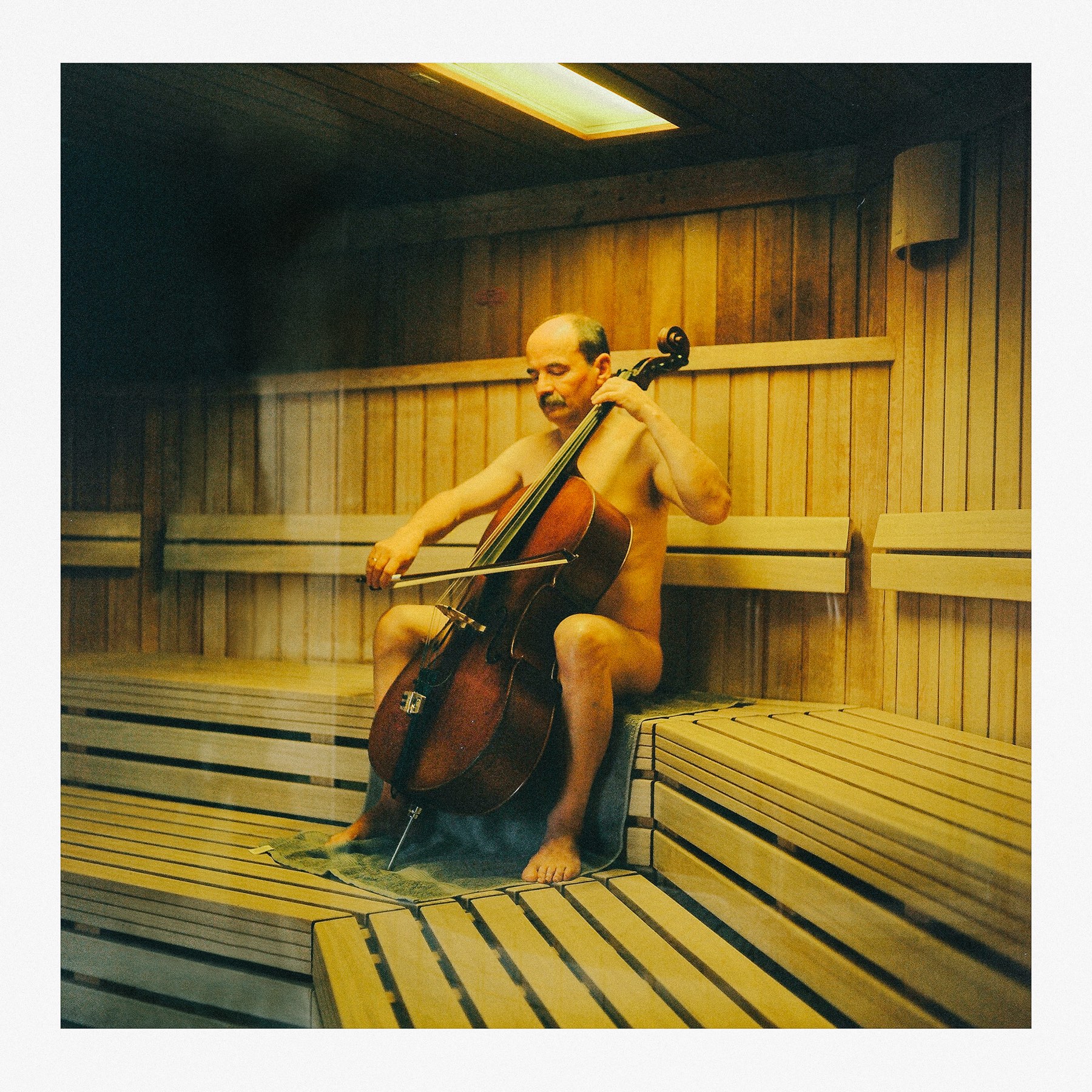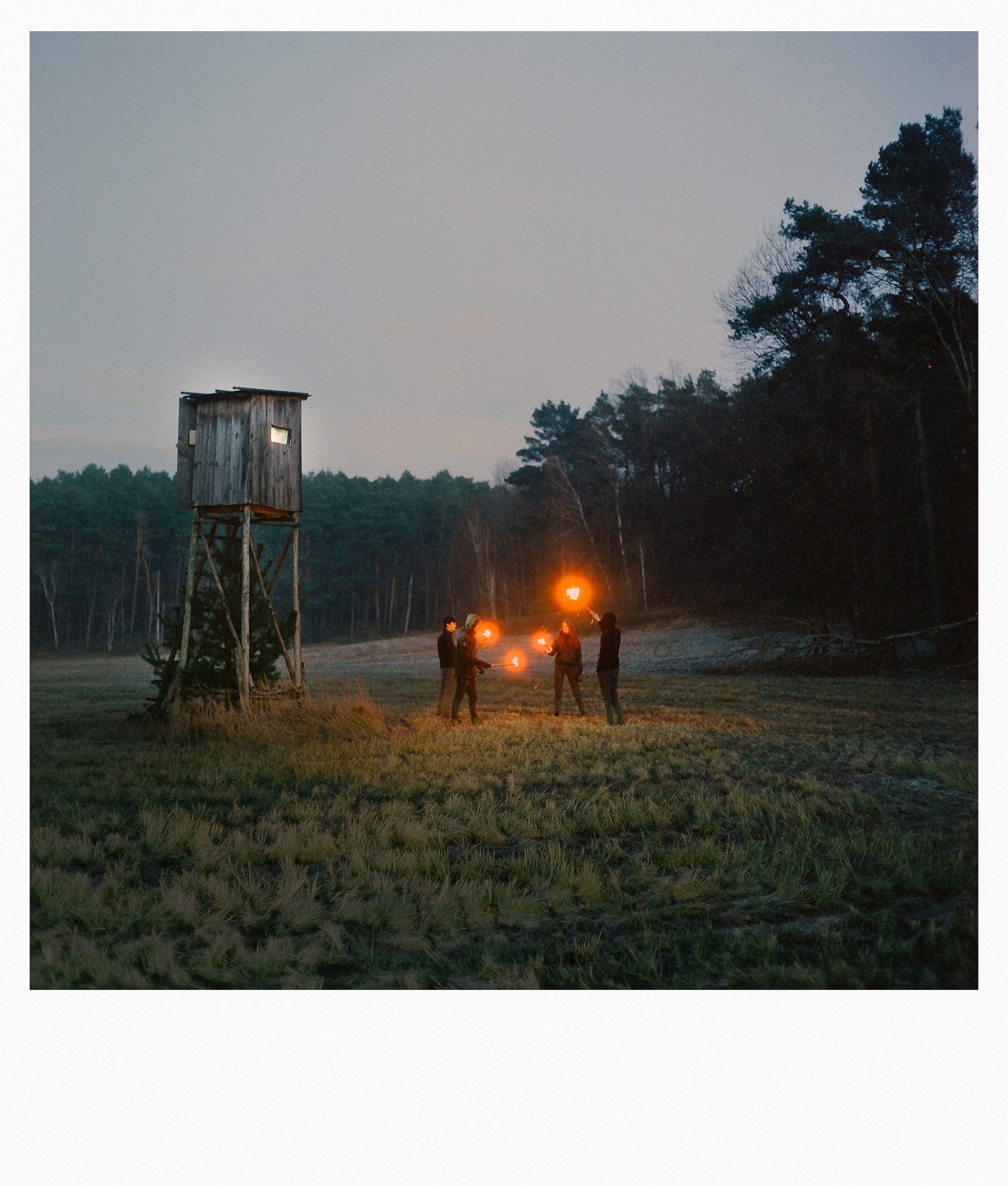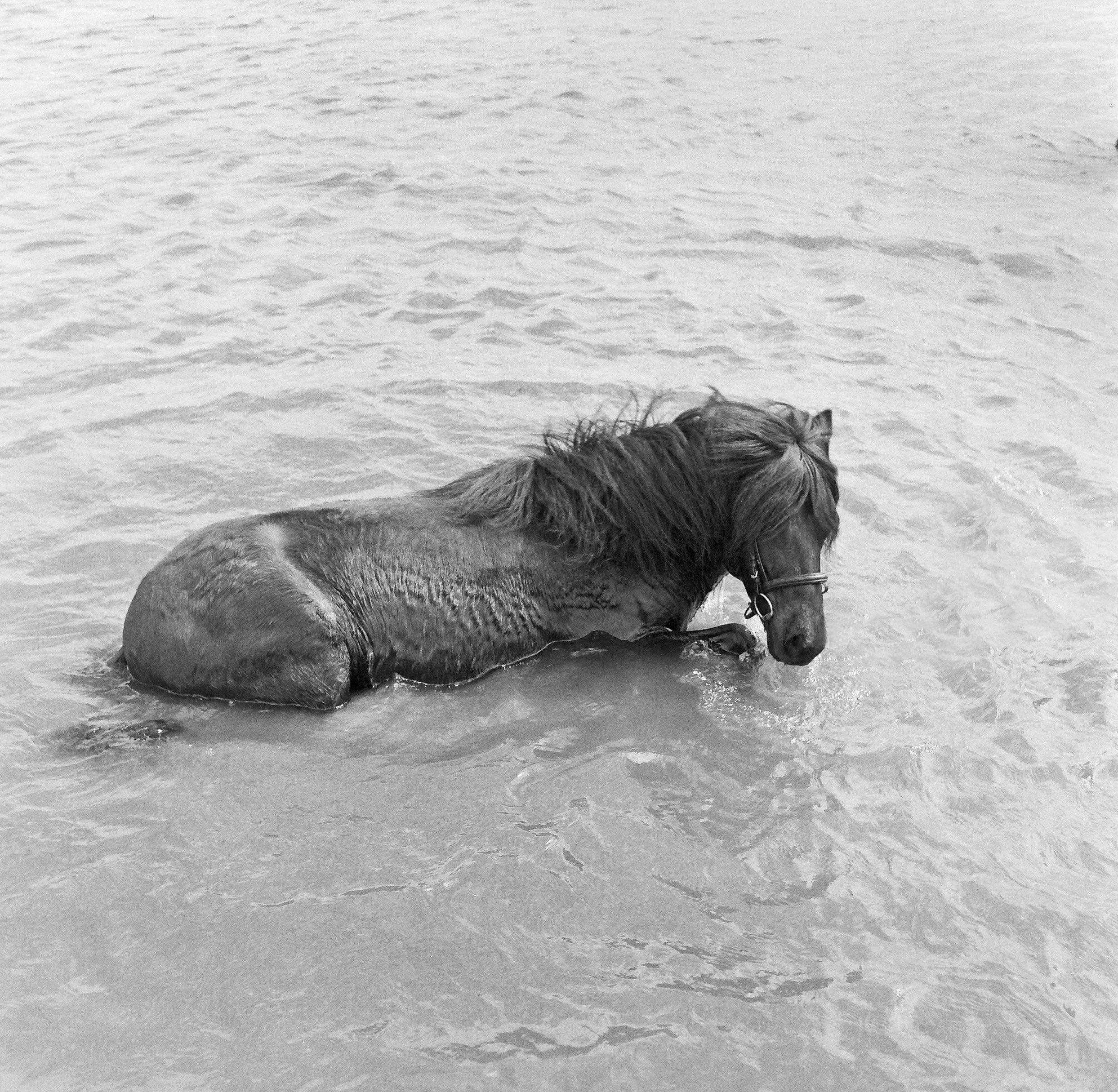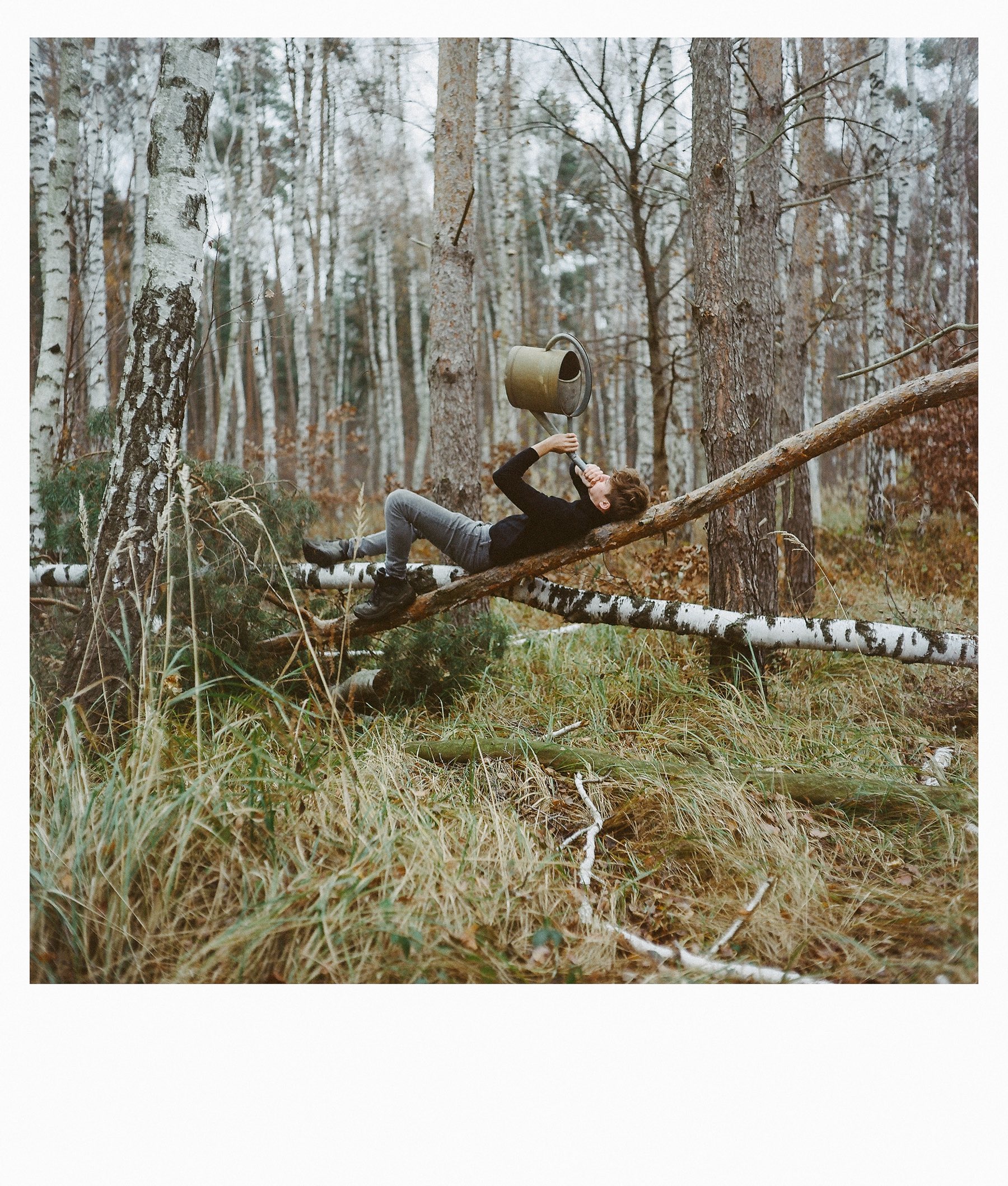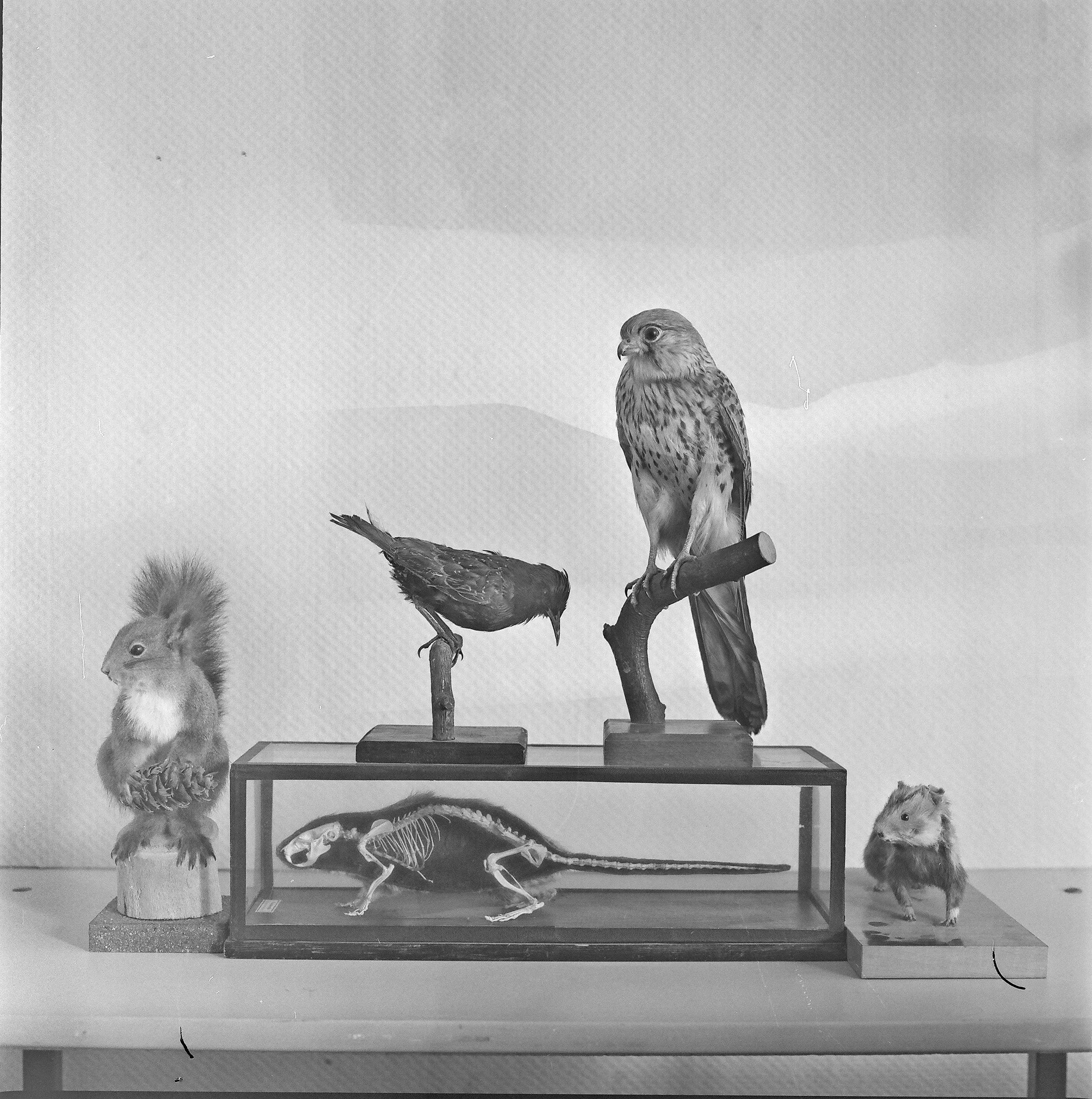‘The statue of sisters’ from the story ‘The walled in virgin’, 2022 © Laura Pannack.
London based photographer Laura Pannack continues her exploration of mythology, nostalgia and the impermanence of adolescence with her latest project Tales from the Dübener Heide forest. Pannack shares a first look at the work, specially for British Journal of Photography
British documentary photographer Laura Pannack’s latest work follows on from her widely recognised project, Youth Without Age, Life Without Death. That series was her response to the timelessness and tradition of the Romanian landscape and people she encountered when travelling throughout the country from 2011 onwards. With this new chapter, she continues her ongoing investigation into youth and time. In November 2021, Pannack travelled to the Dübener Heide region, one of the largest forest areas in eastern Germany, to participate in the Passage residency programme. Along with fellow artist Bert Villa, she spent four weeks living and working in simple and isolated surroundings, guided by artistic director and photographer Jan Stradtmann. Their time was spent developing their practices, and making work about the local area. “Boredom is one of my greatest fears. I love to be busy, so when I ventured into a residency promising nothingness, I was naturally apprehensive,” says Pannack. “I initially felt a bit disappointed when I took a soggy hike through the forest on day one. The birch tree reminded me of home, and it did not startle or surprise me.” However, soon the peaceful silence calmed her and she revelled in the sense of freedom it induced.
“I began to make this work as I am terrified of time running out. My age passes and with each year brings a sense of despair, anxiety and disbelief. It is not just the social constructs of milestone expectations that suffocate me. Not the demise of my fertility or my financial security, but a greater responsibility of what I have contributed by living on Earth.”
Inspired by local legends and tales, Pannack immersed herself in the culture and community, focusing on how the traditional stories of the region were received in different eras, particularly by the younger generation. Fascinated by the period of one’s coming-of-age, much of Pannack’s work is made with young people and explores the inner shifts that take place when growing up, and how external changes in the world can influence an individual’s transition to adulthood. Her child-like curiosity and naivety bring an alternative account to the narratives and anecdotes so embedded within the place. “The reproductive nature of storytelling brings hope. Perhaps this is what led me to create imagery from myths and folklore that have stood the test of time. The ones that pass through generations and establish themselves as the foundations of tradition,” she explains. “I began to make this work as I am terrified of time running out. My age passes and with each year brings a sense of despair, anxiety and disbelief. It is not just the social constructs of milestone expectations that suffocate me. Not the demise of my fertility or my financial security, but a greater responsibility of what I have contributed by living on Earth.”
Pannack playfully mixes fiction and reality to create scenes that evoke wistful yet vigorous emotion. Referencing characters and animals from multiple tales with overlapping narratives, she experiments with analogue photo processes and techniques, including long and double exposures. Candid moments and encounters combined with planned and staged shots, are translated into images that ooze with candour and spontaneity.
“We decided to recreate one of my favourite tales about a village man who tricks his neighbours. He howls through a watering can, which [participant] Max skilfully mimicked, taking on the role of a moose with dedication and gusto. Mid-shoot we took a break and I threw him an apple as I changed [film] roll,” she recalls. His lively spirit rubbed off on Pannack, who found herself reverting to teenage tendencies. During the residency she participated in numerous juvenile activities – from episodes of role-play and dress-up, to creating imagined playgrounds amidst foggy fields, to losing herself in mazes of fallen and sunken trees, to getting out of it in the cold, dark woods. “There is something special about it,” she says. “The way that time stopped when I spent time with the people there.”
“It is only when I separate myself from the daily distractions of apps, tasks and entertainment that my creativity flourishes and my childish imagination surfaces.”
This intimate connection, of sharing ideas and experiences, is attributable to Pannack’s strong desire to be present in the moment. “I was becoming addicted to the validation my phone was giving me,” she says. Since switching to a basic analogue phone in Romania eight years ago, it has been her aim to detach from technology and to focus on “switching off and being reflective”. She has kept this tradition sacred and has noticed the process is more essential than ever to being responsive.
“It is only when I separate myself from the daily distractions of apps, tasks and entertainment that my creativity flourishes and my childish imagination surfaces,” she says. Upon returning to Dübener Heide in May 2022 to create more work, she forgot her phone even existed, thanks to the meditative magic of the forest. “My time there is always a unique contradiction,” she says. “Hectic and productive but with all the presence and clarity. It is exhausting but revitalising. Play but work. Above all it is an invaluable opportunity to connect.”
“A lot of my friends are mothers, and I expected to be one already too. Can I make work and be a mother? That is a constant battle in my head. Being a parent is all-encompassing. It could be a wonderful, unique experience for a mother to immerse herself in her practice with total freedom and time.”
Pannack, who was invited to be on the jury for the selection of candidates for the 2022 edition of Passage, has helped plan and develop the residency. The programme now also awards one place a year to a female artist-parent. This initiative enables mothers to bring their child with them for the duration of their stay, with the necessary facilities and infrastructure provided to arrange child-friendly accommodation and temporary childcare. “A lot of my friends are mothers, and I expected to be one already too,” says Pannack. “Can I make work and be a mother? That is a constant battle in my head. Being a parent is all-encompassing. It could be a wonderful, unique experience for a mother to immerse herself in her practice with total freedom and time.” Keen to take her project further, set in another place that asks to be captured before it disappears, Pannack’s next chapter is already developing. Each moment of the new work came to her when she happened to be in another country – a serendipitous response reflective of time and place. “Stories just occur and you can’t predict them,” she says.

